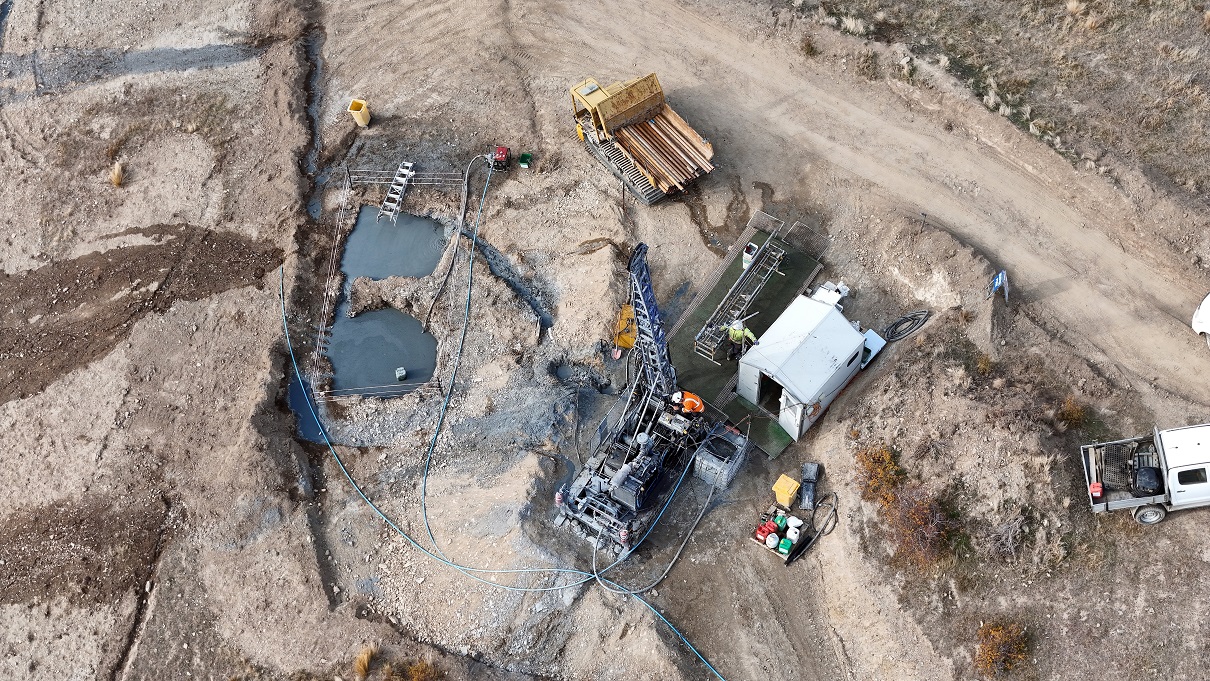
The Australian mining company says the latest drill intercept from its infill drilling programme at the Rise And Shine (RAS) deposit, part of its proposed $4.4 billion Bendigo-Ophir gold mine, has returned "one of the best results to date".
The intercept is the last in a seven drill-hole campaign to validate the high-grade core at the deposit and returned a result of 8.6 grams of gold per tonne (g/t Au).
"With every hole we drill into RAS the outcomes just get better," Santana Minerals chief executive Damian Spring said.
"We drilled this latest series of holes with intent to constrain the bonanza results within our high-grade core.
"They have shown it to be bigger and more continuous than we originally thought and this better-defined high-grade core will now form the foundation of our early production planning for the future mine," he said.
The drill-hole results were released on Monday, and Mr Spring said share prices had climbed 20% on the back of record gold prices last week including decent trading volumes on both the NZX and ASX.
Santana Minerals investor relations and corporate affairs executive director Sam Smith said they consistently saw these types of intercepts in the high-grade core at RAS, but this one was "particularly strong".
The core itself was about 150m wide and between 30 and 40m thick, and the deposit was traced to be about 1.7km long with varying grades and intercepts lengths throughout.
"What is important is the consistency of these results that show this deposit is easy to mine, with good grades," he said.
The total amount of gold in the deposit was estimated by interpreting an underground geological shape and using drill data to estimate volume, tonnes and average grade.
The RAS deposit was currently projected to contain 2.2 million ounces of gold, at 2.3g per tonne, Mr Smith said.
Drill rigs had now turned to their satellite deposits with the aim of upgrading confidence in those resources for potential inclusion in the mine plan, he said.
Santana Minerals also remained focused on completing its pre-feasibility study in the December quarter.
Latest figures presented to investors also projected $1.7 billion of potential value could remain in New Zealand, with more than 250 operations and 750 support jobs expected.











